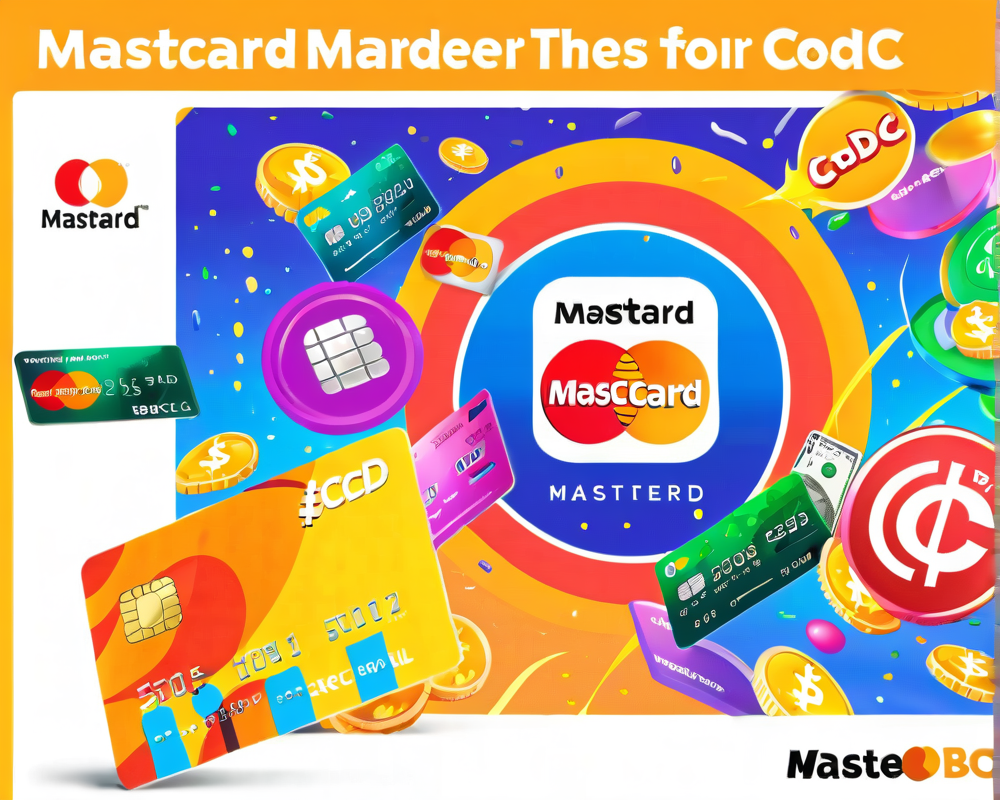Mastercard’s New Testing Tool for Central Banks
On Wednesday, Mastercard rolled out an exciting proprietary tool designed specifically for central banks looking to explore the possibilities of Central Bank Digital Currencies (CBDCs). With over 70% of central banks flirting with the idea of digital currency, as noted by a Bank of International Settlements report, this tool might just be the push needed to take concepts into practical experimentation.
What Does the Tool Do?
This nifty tool is not just any old toy; it simulates multiple transaction environments that allow central banks to evaluate different CBDC use cases. It provides a virtual playground where banks, financial service companies, and consumers can test the issuance, distribution, and exchange of CBDCs. Think of it as a digital sandbox where central banks can safely throw around their ideas without the risk of beach ball injuries!
Unlocking CBDCs’ Potential
- Consumers transacting seamlessly at any merchant accepting Mastercard.
- Creating a direct link between central banks and consumers, eliminating the middleman (commercial banks) for money distribution.
- Evaluating how CBDCs can function, whether for consumer use or institutional transfers.
Mastercard’s tool seems to be walking the fine line, catering to both the everyday consumer and big financial institutions. Whether you’re buying a cup of coffee or balancing a corporate transfer, this tool aims to cover it all!
Collaboration is Key
Mastercard is actively inviting partners to leverage this platform, providing a chance to explore the effectiveness of CBDC designs and their interoperability with existing payment systems. Interoperability could be the golden ticket ensuring that the proposed cashless society doesn’t end up segmented, much like the last keg at your college party!
Mastercard’s Evolving Relationship with DLT
Mastercard has been navigating the waters of distributed ledger technology (DLT) and cryptocurrencies like a seasoned sailor. They initially joined the Libra consortium in 2019 but decided to leave, citing regulatory challenges as the reason. Meanwhile, their CEO has raised eyebrows regarding CBDCs, especially regarding their potential siloed nature. This new tool could showcase the advantages of combining CBDCs with existing systems, securing Mastercard’s hat in the ring as the payment landscape continues to evolve.



